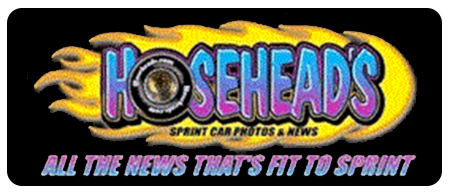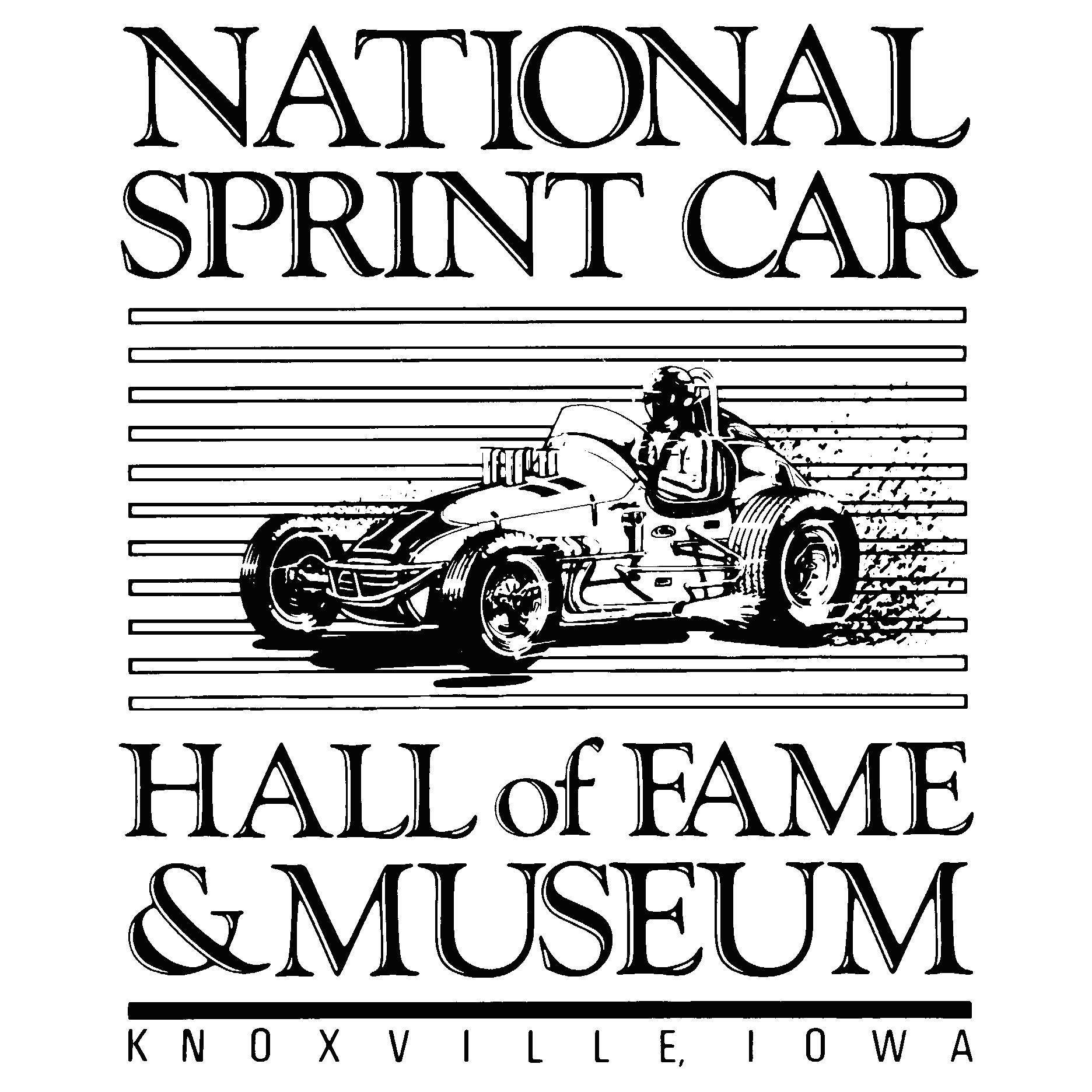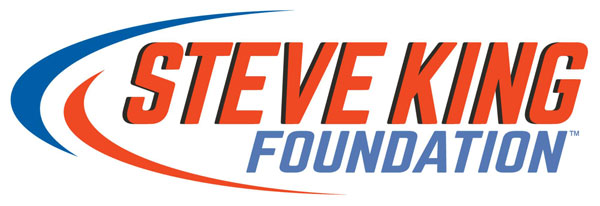NASCAR's best ambassadors are behind the wheel
Photo by Chris Graythen/Getty Images
Yes, it happened.
For the first time in perhaps five years, fringe NASCAR fans wanted to discuss the Daytona 500.
That’s not just a good thing. It’s a great thing.
My sister watched her first NASCAR race since Tony Stewart retired. She and her Formula One-loving boyfriend tuned in “just to watch the start.” They stayed until the finish. When we discussed the race, the one comment that stuck with me was, “When did they start working heats into the races?” “Do you mean ‘stages?’” I replied.
Thursday morning, my regular crowd at the Lake Norman YMCA asked if I was at the race last weekend. On most weekdays, the banter surrounds Davidson or UNC hoops or the Carolina Panthers. On this day, they were geeked out over the action on the track. “Exciting” was just one of the words used to describe the racing. Once again, a casual flip of the channel resulted in casual fans locked in until the checkers.
The Joe Gibbs Racing story line, following the death of J.D. Gibbs, the team owner’s was compelling, to say the least. Personalities were on display. A fresh crop of drivers gutted it out with the veterans in wounded race cars. A 22-car melee inside 10 laps to go was a game-changer.
Drama combined with the feel-good narrative was a win-win. NASCAR’s legacy fans understand this. It’s why they keeping coming back.
NASCAR president Steve Phelps acknowledged earlier this month, first in a Daytona Beach News Journal story, and again on SiriusXM NASCAR radio, that the sport had neglected the core fan in an effort to cultivate the next generation of race fans.
While NASCAR certainly alienated some of its base in the process, those same fans appear invigorated by the new regime in Daytona Beach. They feel a renewed passion from the powers that be. There’s a buzz from Sunday’s race, and we’re still talking about it on Thursday—right up to the eve of the garage opening at Atlanta Motor Speedway.
So how do we continue to fuel this energy? The best ambassadors are behind the wheel.
“You go back to Dale Earnhardt, he knew how to promote this sport,” Phelps said on SiriusXM Radio. “It didn’t mean he agreed with what (NASCAR president and CEO) Bill France Jr., did and said all the time, or Bill France thinking that Big E was doing things right all the time. But our athletes, I believe, have a responsibility to try and help promote the sport that they’re in. They have to do it in an authentic way and being who they are, but I think there’s a responsibility there.
“Some athletes agree with that, and some drivers agree with that and others don’t. But those that want to be involved—and you get a lot of our drivers who understand what that role is and embrace it and others who frankly don’t. Say we have 100 drivers in our three top series. Is every driver going to be a tremendous promoter for the sport? No. But what they can do is use their own voice, be authentic, create opportunities on the race track for interesting story lines that will come from what they do on the race track.”
With a variety of social media outlets, drivers have plenty of avenues to engage the fan base. The most organic way for drivers to reach racing enthusiasts is at the local track level. At the Cup level, NASCAR stretches out to 23 different markets from coast to coast. But when drivers return to grassroots racing, the exposure is international.
While other NASCAR executives might have frowned on drivers racing outside the NASCAR tours, spreading the message beyond traditional stock car tracks is a concept not lost on Phelps.
“Ryan Preece, he has his own set of folks that he talks to,” Phelps said of the former Whelen Modified Tour champ. “He has his own fans. Those modified people have been watching him and rooting for him and cheering for him to get to this level. And they’re here.Ryan Blaney has that cool factor. Everyone likes Ryan Blaney, right? He’s a cool dude. Everyone has been talking about Jimmie Johnson running the Boston Marathon. He’s been training for that for months.
“Everyone has their own voice. But I think these young drivers in particular understand digital and social media because they grew up in it. You see these young personalities come out. That bold and brash on the race track and let their driving speak for them. But it’s nice. You have all these different pieces that everyone has. A Kyle Larson and what he means to the fans at dirt tracks. There’s not a vehicle that he doesn’t want to climb in and compete in, and people love that about him.”
When it comes to ambassadors for the sport, look no further than Larson, who spreads the racing gospel from Down Under and back. When a local reporter asked Larson if the NASCAR season was too long, he just laughed.
“A lot of people would say it’s too long, but I’m not going to say it’s too long, because I’m racing before the season starts and I’m racing after the season ends, so I’m not the guy to judge the schedule,” Larson said. “If it was shorter, I would just go race more sprint car races, because I would be racing 100 times instead of 70.”
Larson was one of a dozen current and former NASCAR drivers racing around central Florida during Speedweeks on dirt or asphalt. Preece won a feature at New Smyrna. Tony Stewart won a feature at Bubba Raceway Park in Ocala. Stewart Friesen won at Volusia Speedway Park.
Last month, a group of NASCAR brass including Executives Vice President and Chief Racing Development officer Steve O'Donnell, Senior Vice President of Competition Scott Miller and John Probst, Vice President of Innovation and Racing Development caravanned to the Chili Bowl Nationals to watch Larson and Christopher Bell put on a show in the feature. The electricity wasn't lost on the first-time visitors.
After seven full seasons of stock car racing, Larson is just grateful the sanctioning body approves of his extra-curricular competition.
“I’m just glad that they feel the same way, finally,” Larson said. “It’s nice that they support all the extra racing that I do. I get that question a lot, do I do it to grow the sport? I don’t really think about when I’m off at a dirt track or anything like that, I’m not thinking about trying to help motorsports or grow motorsports. I love motorsports, so that’s why I do it.
“I feel like I make an impact a little bit, and it’s not just me. There are a lot of other guys. I feel like we all do a good job of cross-promoting between sprint cars or dirt track racing and NASCAR. I feel like for a minute we lost touch on the grassroots fan and I think the last three years, four years dirt racing has grown some that it’s added excitement to the NASCAR scene and vice versa. I just love to race. If I can do anything to grow racing in general, I’m all for it.”

.png)





